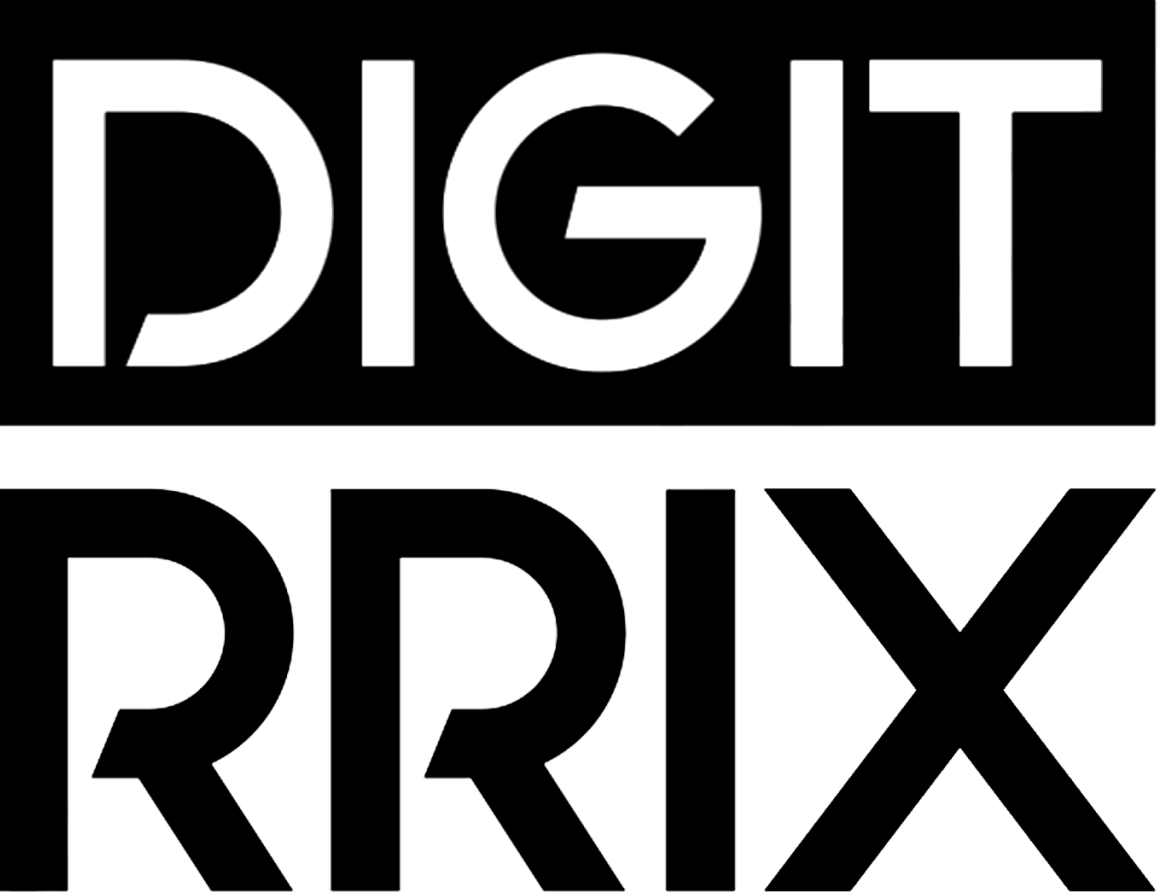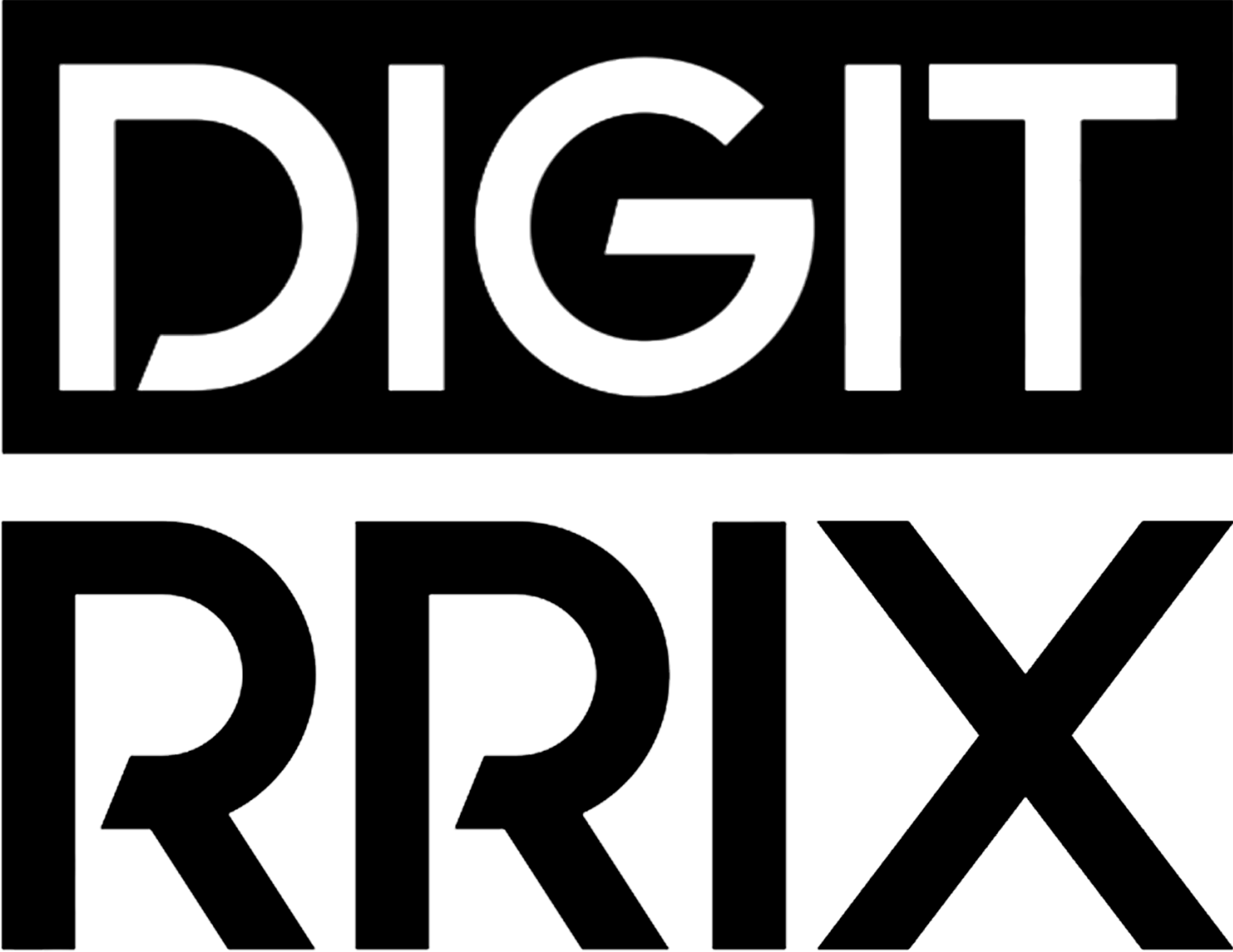
Understanding Consumer Behavior: Key to Successful Marketing
In today’s competitive marketplace, understanding consumer behavior has become the cornerstone of successful marketing strategies. By grasping the intricacies of what drives a consumer’s decision-making process, businesses can tailor their approaches to meet the evolving needs of their target audience. Key factors such as emotions, social influences, and psychological triggers shape how consumers interact with brands, making it imperative for marketers to delve deeper into these elements. Moreover, leveraging insights from Consumer Behavior in Marketing empowers organizations to craft targeted campaigns that not only resonate with potential buyers but also enhance engagement and drive sales. Ultimately, effectively measuring and analyzing this behavior allows for continuous improvement, ensuring that marketing efforts stay relevant and impactful in ever-changing market landscapes.
The Importance of Understanding Consumer Behavior in Marketing
Understanding consumer behavior in marketing is essential for businesses aiming to thrive in a competitive landscape. By gaining insights into how consumers make decisions, companies can craft strategies that resonate deeply with their target audience, ultimately leading to increased engagement and sales.
One of the primary benefits of this understanding is personalization. Today’s consumers expect tailored experiences, and by analyzing their preferences, purchasing patterns, and motivations, marketers can create customized content and offers. This not only enhances customer satisfaction but also fosters brand loyalty, as consumers feel more valued and understood.
Moreover, understanding consumer behavior helps in identifying market trends. This insight allows businesses to stay ahead of the curve, adapting their product development and marketing strategies accordingly. For instance, recognizing a shift in consumer tastes can lead to timely inventory adjustments or new product launches that align with evolving demands, ensuring that businesses maintain relevance in the marketplace.
Additionally, this knowledge aids in optimizing marketing channels. By discerning where and how their target audience interacts with brands—be it through social media, email, or traditional advertising—marketers can allocate resources more efficiently. This strategic approach maximizes the return on investment (ROI) by focusing efforts on the most effective platforms.
Furthermore, understanding consumer behavior equips businesses with the ability to anticipate barriers to purchase. Identifying common objections or concerns that consumers may have empowers marketers to address these issues proactively, easing the path to conversion. By recognizing potential pain points, brands can modify their messaging or enhance their value propositions, ultimately driving sales.
In essence, cultivating a deep understanding of consumer behavior is not just an ancillary aspect of marketing; it is a fundamental element of a successful marketing strategy. It equips businesses with the tools necessary to connect with their audience on a meaningful level, fostering long-term relationships that are crucial in today’s rapidly changing market.

Key Factors Influencing Consumer Behavior in Marketing
Understanding the key factors that influence consumer behavior is essential for creating effective marketing strategies that resonate with your target audience. Several critical elements shape purchasing decisions, and businesses must carefully consider each aspect to optimize their marketing efforts.
1. Psychological Factors: Consumers’ decisions are significantly affected by their emotions, perceptions, and beliefs. For instance, brands that evoke positive feelings are more likely to be purchased. Companies can leverage psychological triggers, such as the fear of missing out (FOMO) or the appeal of social proof, to encourage potential buyers.
2. Social Factors: The influence of family, friends, and social media cannot be underestimated. Consumers often seek validation from their social circles or trends on platforms like Instagram and TikTok before making purchases. Brands that engage with customers on social platforms and cultivate positive word-of-mouth can enhance their visibility and desirability.
3. Personal Factors: These include demographics such as age, gender, income, and lifestyle. Different groups have unique preferences and purchasing habits. Marketers must segment their audience based on these factors to tailor their message effectively. For instance, a luxury brand will adopt a different approach compared to a budget-friendly retailer.
4. Cultural Factors: Culture shapes values and behaviors significantly. Understanding cultural trends and beliefs allows marketers to connect with consumers on a deeper level. Brands that respect cultural nuances and customize their messaging accordingly are more likely to gain consumer trust and loyalty.
By focusing on these factors, businesses can gain deeper insights into their audience’s motivations. Harnessing this understanding aids in developing targeted marketing campaigns that not only attract consumer attention but also foster long-term relationships, ultimately driving sales and enhancing brand loyalty.
How Consumer Behavior in Marketing Drives Strategic Decision Making
Understanding the dynamics of consumer behavior is essential for businesses aiming to remain competitive in today’s marketplace. By focusing on the motivations, preferences, and buying patterns of consumers, companies can make informed strategic decisions that align with their target audience. This approach enables businesses to develop products and services that not only meet consumer needs but also resonate deeply with them.
Identifying Trends is one way that insights from consumer behavior can impact strategic choices. By analyzing data such as purchase history, social media interactions, and customer feedback, businesses can pinpoint emerging trends. These trends inform product development, ensuring that offerings are timely and relevant. For instance, if data indicates a growing preference for sustainable products, companies can pivot their strategies to incorporate eco-friendly materials.
Another critical aspect influenced by consumer behavior insights is target audience segmentation. By understanding the demographics, psychographics, and shopping habits of different consumer groups, marketers can effectively segment their audience. This segmentation leads to more tailored marketing strategies, which improve engagement and conversion rates. For example, luxury brands may avoid mass appeal tactics and instead create exclusive marketing campaigns aimed at a niche market segment willing to pay a premium.
Moreover, resource allocation is enhanced through these insights. Companies can determine which marketing channels yield the highest engagement rates and adjust their budgets accordingly. If data reveals that online ads drive sales more effectively than traditional media, brands can focus their resources on digital strategies that align with consumer preferences.
In summary, leveraging insights from consumer behavior not only guides the decision-making process but also significantly enhances overall marketing effectiveness. By adapting based on consumer insights, companies can build stronger relationships with their target demographics, improving customer loyalty and ultimately driving sales growth. This proactive and informed approach is the cornerstone of successful strategic decision-making in any marketing initiative.
Utilizing Consumer Behavior Insights for Targeted Marketing Campaigns
In today’s competitive landscape, utilizing Consumer Behavior in Marketing insights is essential for crafting targeted marketing campaigns that resonate with your audience. By leveraging these insights, businesses can create personalized messaging that speaks directly to the needs, preferences, and pain points of their target consumers.
Segmentation plays a crucial role in this process. By analyzing consumer data, marketers can segment their audience into distinct groups based on demographics, psychographics, behavior, and purchase history. This segmentation enables tailored messaging that improves engagement and conversion rates. For example, a clothing retailer may target younger consumers with trendy styles and social media promotions, while appealing to older consumers with a focus on quality and classic designs.
Furthermore, understanding the decision-making process of your target audience allows you to position your product or service more effectively. By studying consumers’ motivations and barriers to purchase, marketers can address specific concerns and highlight features that are most important to different segments. A consumer interested in sustainability may respond favorably to campaigns emphasizing eco-friendly practices, while a budget-conscious shopper will appreciate promotions or discounts.
Content creation also benefits significantly from consumer behavior insights. Marketing messages can be tailored to align with the values and interests of specific consumer segments. This targeted approach not only enhances brand loyalty but also fosters a deeper connection with your audience. Additionally, integrating consumer insights into your various channels ensures a consistent message across platforms, whether it’s email campaigns, social media ads, or in-store promotions.
In summary, effectively utilizing Consumer Behavior in Marketing insights enables businesses to craft highly targeted campaigns that drive engagement, foster relationships, and ultimately increase sales. By understanding and applying these insights, marketers can ensure their efforts resonate deeper with consumers, leading to sustained success in a crowded market.

Measuring and Analyzing Consumer Behavior in Marketing for Continuous Improvement
In the fast-paced world of marketing, understanding your audience is crucial. Measuring and analyzing consumer behavior provides invaluable insights that can drive continuous improvement in your marketing strategies. Utilizing advanced analytics tools allows brands to track customer interactions, preferences, and buying patterns, thereby facilitating a comprehensive understanding of the target demographic.
Data Collection Methods: Companies can leverage a variety of data collection approaches, such as surveys, focus groups, ecommerce analytics, and social media monitoring. These methods return qualitative and quantitative data, which can reveal critical trends. For instance, tracking the average time spent on the website can indicate customer engagement levels and help pinpoint areas for improvement.
Behavioral Analytics: Implementing behavioral analytics enables marketers to segment their audience effectively. By categorizing consumers based on their purchasing behavior, brands can tailor their marketing efforts to meet specific needs. This targeted approach increases the likelihood of conversion by resonating with the audience on a personal level.
A/B Testing: With precise measurement, businesses can engage in A/B testing to refine their campaigns. By launching two variations of a marketing message or landing page, brands can analyze which version resonates more with their consumers. This data-driven method promotes informed decision-making, ultimately leading to optimized campaigns that encourage greater engagement and higher conversion rates.
Feedback Loops: Establishing feedback loops is essential for continual improvement. By encouraging satisfied and unsatisfied customers to share their experiences, brands acquire direct insights into consumer preferences. This practice not only fosters customer loyalty but also allows for the timely adjustment of marketing strategies based on real-time feedback.
By continually measuring and analyzing consumer behavior, businesses can stay ahead of market trends and consumer expectations, ensuring their marketing strategies are not only relevant but also effective in driving sustained growth and customer satisfaction.
Frequently Asked Questions
What is consumer behavior and why is it important for marketing?
Consumer behavior refers to the study of how individuals make decisions to spend their available resources (time, money, effort) on consumption-related items. Understanding consumer behavior is crucial for marketers as it helps them tailor their strategies to meet the needs and preferences of their target audience. By analyzing patterns in consumer behavior, marketers can develop effective campaigns, create relevant products, and enhance customer satisfaction, ultimately leading to higher conversion rates and loyalty.
How can businesses leverage consumer behavior insights for marketing success?
Businesses can leverage insights from consumer behavior by conducting thorough market research, utilizing data analytics, and segmenting their audience based on specific characteristics. This approach allows marketers to identify trends, preferences, and pain points, thus crafting tailored messages and offers that resonate with their audience. Additionally, aligning product features and marketing strategies with consumer insights enhances the likelihood of engagement and can drive sales, making it a central component of successful marketing.
What factors influence consumer behavior?
Several factors influence consumer behavior, including psychological, social, cultural, and personal factors. Psychological factors encompass individual motivations, perceptions, and beliefs that drive purchasing decisions. Social factors pertain to family, friends, and social groups that can affect choices. Cultural influences consist of values, traditions, and norms that shape behavior. Personal factors, such as age, income, lifestyle, and demographic characteristics, also play a critical role. Marketers must consider these influences to accurately pinpoint consumer needs and preferences.
How can understanding consumer behavior improve customer retention?
Understanding consumer behavior can significantly enhance customer retention by enabling businesses to create personalized experiences that meet their customers’ specific needs. When companies analyze consumer data, they can identify satisfaction drivers and areas needing improvement. By addressing these insights, businesses can implement loyalty programs, targeted communications, and improved product offerings. Additionally, fostering strong relationships through customer feedback and engagement strategies can further strengthen loyalty, ensuring customers remain committed to the brand.



